Convent and Church of Nossa Senhora do Carmo in São Luís do Maranhão
The Convent and the Church of Nossa Senhora do Carmo are located in the Praça João Lisboa in São Luís do Maranhão and belong to the Capuchin Order.
The church is one of the most important and traditional Catholic temples in the city and has been listed by IPHAN since 1955.
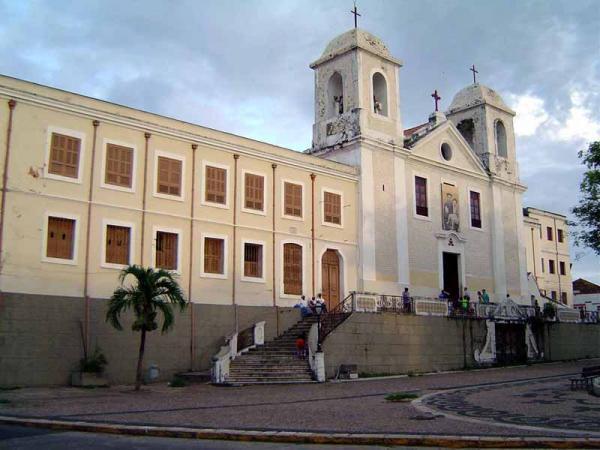
Video – Convent and Church of Nossa Senhora do Carmo
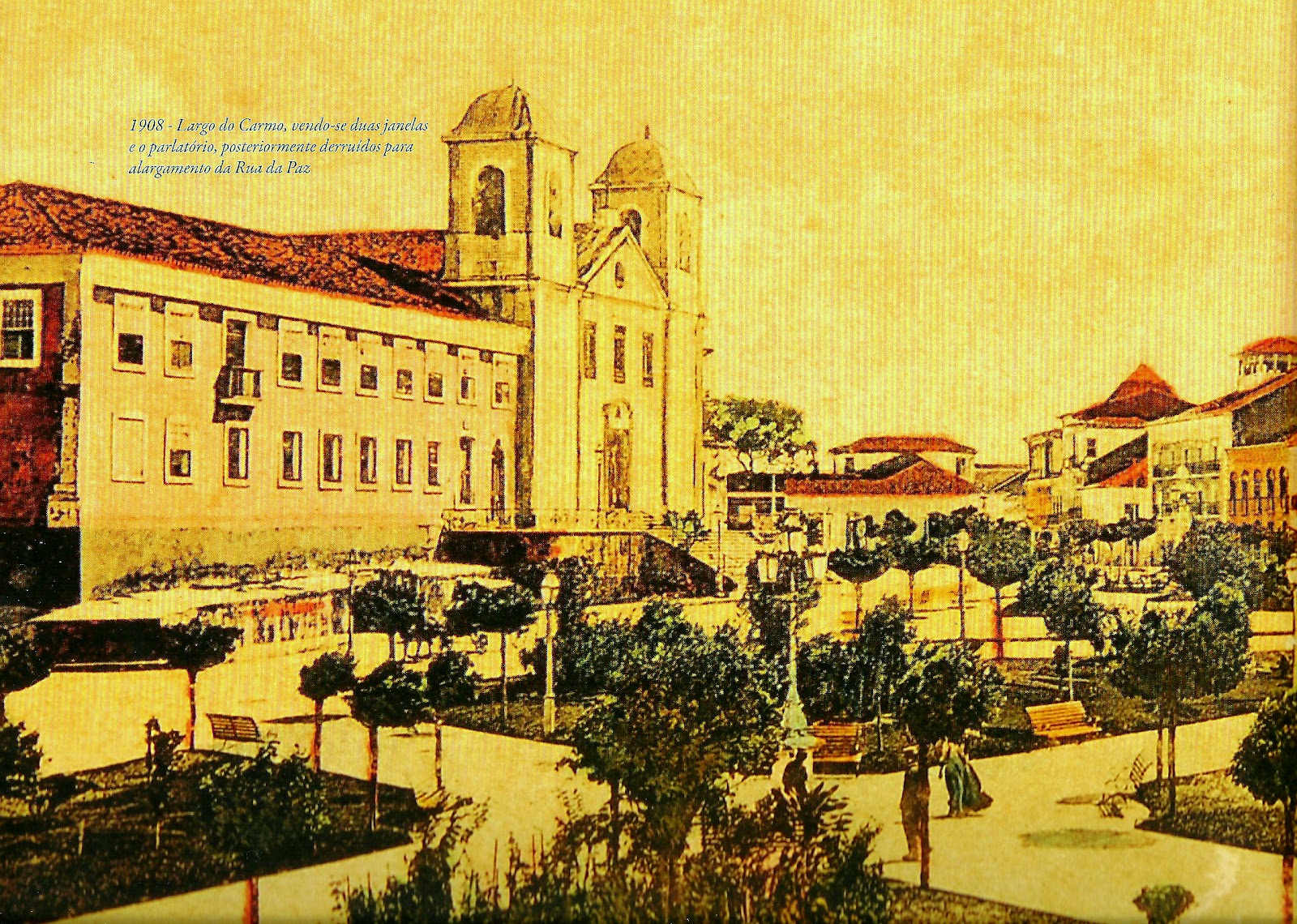
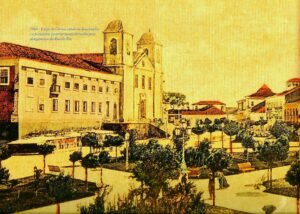
Convento e Igreja de Nossa Senhora do Carmo em São Luís do Maranhão03:07
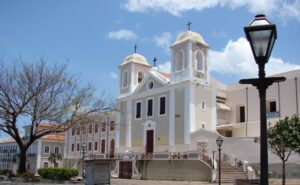
Convento e Igreja de Nossa Senhora do Carmo em São Luís do Maranhão
Building history
The construction of the Convent and Church of Nossa Senhora do Carmo dates back to 1627, when Governor Francisco Coelho de Carvalho ordered the new convent to be built on abandoned land in Rua do Egito. On this site there was a chapel dedicated to Sa Barbara, long known as “Carmo Velho”.
The Carmelites who lived there established a centre for religious studies at a time when the city was still quite small.
The history of the church is closely linked to the city’s struggles, including the battle that resulted in the expulsion of the Dutch from São Luís in 1641. During this conflict, the convent served as a shelter for women and children, and as a fortification for artillery guards.
Renovations and conversions
The building suffered considerable damage during the fighting and remained in a state of disrepair for many years, as the city could not afford to renovate it. Renovation began in the 18th century, driven by socio-economic changes in São Luís, including the establishment of the Companhia de Comércio and the introduction of slave labour.
The Church of Nossa Senhora do Carmo gave rise to important roads that contributed to the growth of the province, which became a large city. In 1808 the two towers of the church were built. In the following decades, the building served as the headquarters of the Imperial Artillery and later the Public Security Police Corps.
The upper floor also housed the Public Library (1831) and, after the removal of the Police Corps, the Liceu Maranhense, directed by Sotero dos Reis, whose plaque bearing the inscription “Liceo – 1838” is still there. In 1866 the façade was covered with beautiful Portuguese tiles, which have been preserved to this day.
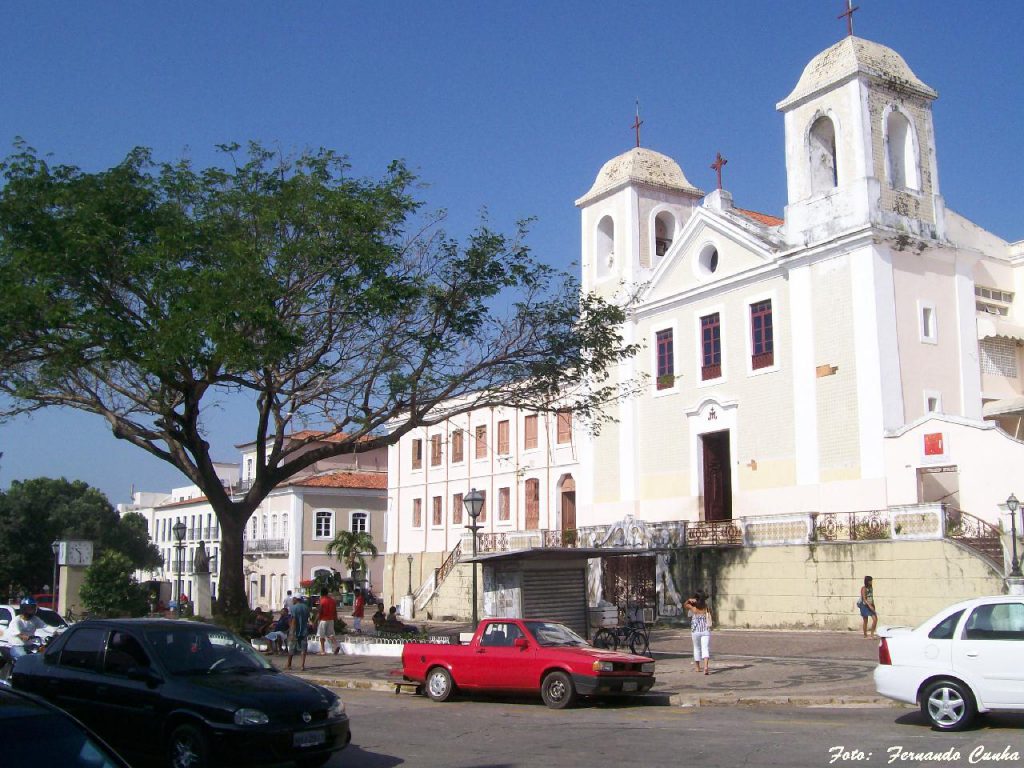
Curiosities
Of interest are the underground tunnels that connect the church to the Ribeirão Fountain, which are preserved but closed to the public.
Another curious aspect is the construction of the Arthur Azevedo Theatre, with its façade facing the Rua do Sol, after the Carmelites objected to the construction of a secular temple next to the church, which they considered a desecration.
The Largo do Carmo was also home to the city’s first market and a pillory, a marble column about twelve metres high, where blacks were punished and exposed to the public, as witnessed by Odorico Mendes. A replica of the pillory can be seen in the Cafua das Mercês Museum.
After a period of decline in the monastic fraternities, new residents arrived in São Luís to found the Lombard Capuchin Mission in Maranhão in 1893. However, the Church of Our Lady of Mount Carmel was in a terrible state of disrepair and was not opened to the public until 1895. Renovation work continued throughout the first half of the 20th century.
In 1931 and 1932, urban modifications were carried out that resulted in the cutting of the foundations and the promenade that bordered the Rua da Paz, which led to the removal of three of the convent’s windows. In the 1940s, part of the chapel of the Brotherhood of Bom Jesus dos Passos collapsed.
During the remodelling of the square and Praça João Lisboa, the staircase in front of the church was removed and two new staircases, finished in Lizzano stone, were built on the sides of the church. These changes significantly altered the original architecture of the neighbourhood, but still enchant visitors to the city.
Museum of the Capuchin Province of Nossa Senhora do Carmo
The Museum of the Capuchin Province of Nossa Senhora do Carmo is a cultural institution located in the Convent and Church of Nossa Senhora do Carmo in São Luís do Maranhão.
The Museum of the Capuchin Province of Our Lady of Mount Carmel was inaugurated on 27 July 2007 with a considerable collection of items dating from 1894 to the present day. The museum aims to be a living structure that tells the story of the Church and the Capuchin Province, emphasising the importance of documenting this history.
How to get there
The Convent and Church of Nossa Senhora do Carmo are located in Largo do Carmo, on Rua do Egito, in the centre of São Luís. At present, buses and trams no longer pass near the church, so access is by car or on foot. To get there on foot, get off at the Avenida Beira-Mar bus stop after the José Sarney Bridge and walk up Rua do Egito (a steep slope at first) until you find the church. If you come from Praia Grande, you’ll have to climb stairs and hills.
Publicações Relacionadas
Palácio dos Leões: A Historical Landmark Tour
Historical curiosities about São Luís do Maranhão
Josué Montello House of Culture in Maranhão History
Church of Nossa Senhora dos Remédios History
Casa Real Empório: History and Culture Combined
Catarina Mina: The Story Behind the Alley
Cafua das Mercês: Preserving Black Memory Today
History and Colonial Architecture of São Luís do Maranhão
Benedito Leite Public Library's Rich History
Gonçalves Dias Square: A Historic Landmark
Cine Éden: A Historic Cinema in São Luís
Cristo Rei Palace: Architecture of the 19th Century
This post is also on:
Português
English
Deutsch
Español
Français



















